Durrell’s Bridge
Kennebunkport and Kennebunk historians do not agree on the date Durrell’s Bridge was built. In his 1837, History of Kennebunkport, Charles Bradbury wrote that Durrell’s Bridge was built before 1751. Indeed, a 1751 entry in the first Arundel Town Book refers to Bartlett’s bridge as the upper bridge over the Kennebunk River implying that a lower bridge existed. Kennebunk Historians have all written that the bridge was built in 1764 or 1765. Bourne says that the first mention of the bridge in Kennebunk Records was in 1765 when Durrell’s Bridge Road was built to access “the bridge lately built.”
Perhaps both assertions are correct if the bridge built before 1751 was later destroyed in the Great Freshet of October 1755, which is said to have destroyed all dams and bridges with a storm surge 11 feet above normal high tide.
Kennebunk was still part of Wells in the mid-1740s. The handful of people living near the west side of the Kennebunk River had to travel miles to go to worship at the Wells church. The handful of people living on the east side of the river had the same problem. The only Arundel church at that time was in Cape Porpoise. They got together and petitioned both towns to allow them to become a separate parish together. Both towns repeatedly ignored the request or delayed decisions. Frustrated by their lack of progress in 1749, this group of Wells and Arundel citizens petitioned the General Court of Massachusetts to allow them to create their own parish. They also went ahead and built a rustic two-story church at the west end of what is now Durrell’s Bridge Road with their own resources. The Arundel citizens could not have expected to attend the new homemade church if there had not been a bridge over the Kennebunk River at that location. The 2nd Parish of Wells was eventually established for only Wells citizens.
The Massachusetts Court of Sessions located an official road over Durrell’s Bridge in 1771. The towns of Wells and Arundel worked together to rebuild it as a drawbridge in 1801 to accommodate the growing tonnage of the vessels built at the Landing on the west side of the river.
Shortly after the first Dock Square Toll Bridge was constructed in 1810 Shipbuilder Hugh McCulloch who lived at The Landing cut away part of Durrell’s Bridge to get a large vessel through. At a meeting held on April 1, 1811, the Town of Arundel decided to sue him for it. Hugh finally won the court case in 1813. The Rivers were deemed public highways and no one had the right to obstruct navigation to one’s own property without legislative approval. The bridge had been built without such approval. The court case was used as precedent in other cases for many years.
Durrell’s Bridge survived an 1827 freshet only by the extreme efforts of the neighbors to catch the loose shipyard lumber rushing toward the bridge on the ebb tide. A landslide on the night of June 11, 1834 took the eastern side of the bridge out and nearly filled the channel for more than 20 feet.
A stationary wooden bridge replaced the drawbridge after the freshet of 1896 that took out the old Dock Square bridge. Durrell’s Bridge was finally rebuilt with steel and concrete in 1967. The span we see today was last refreshed in 2011.
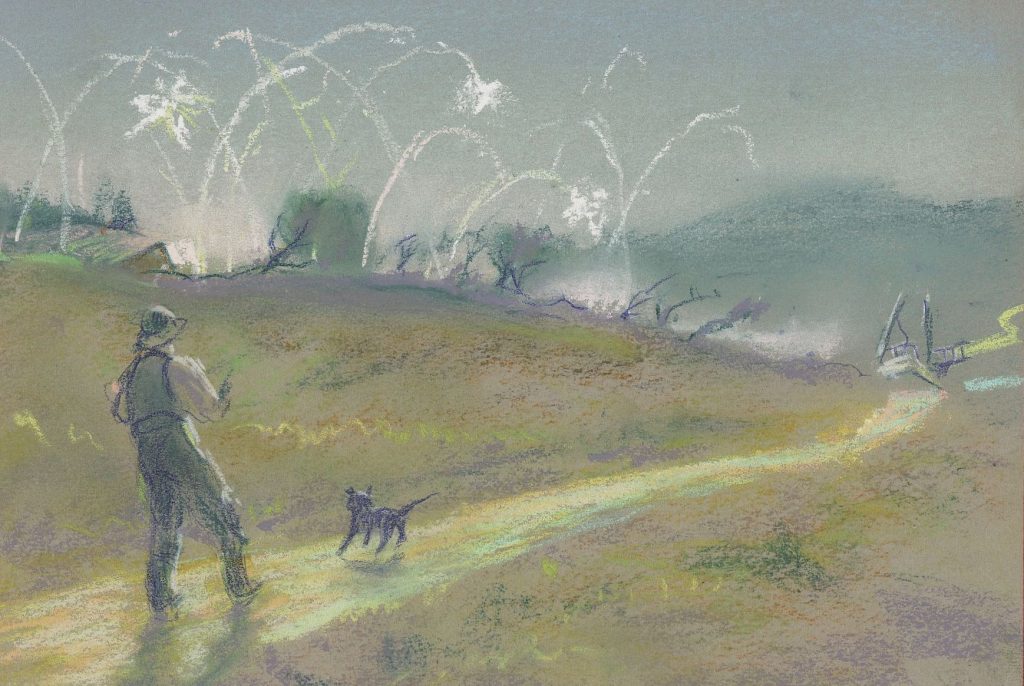

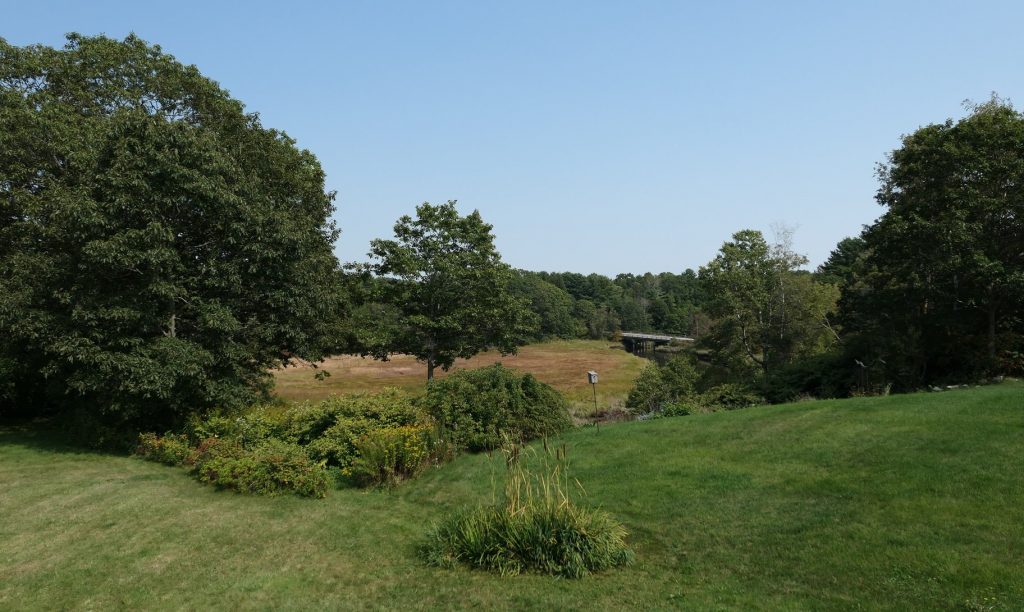
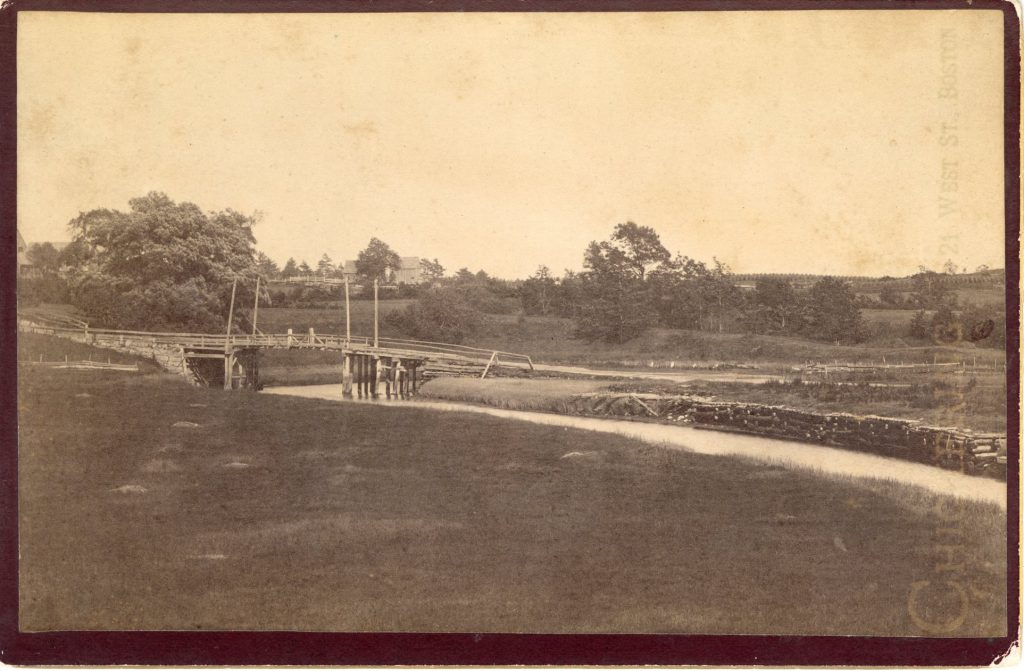
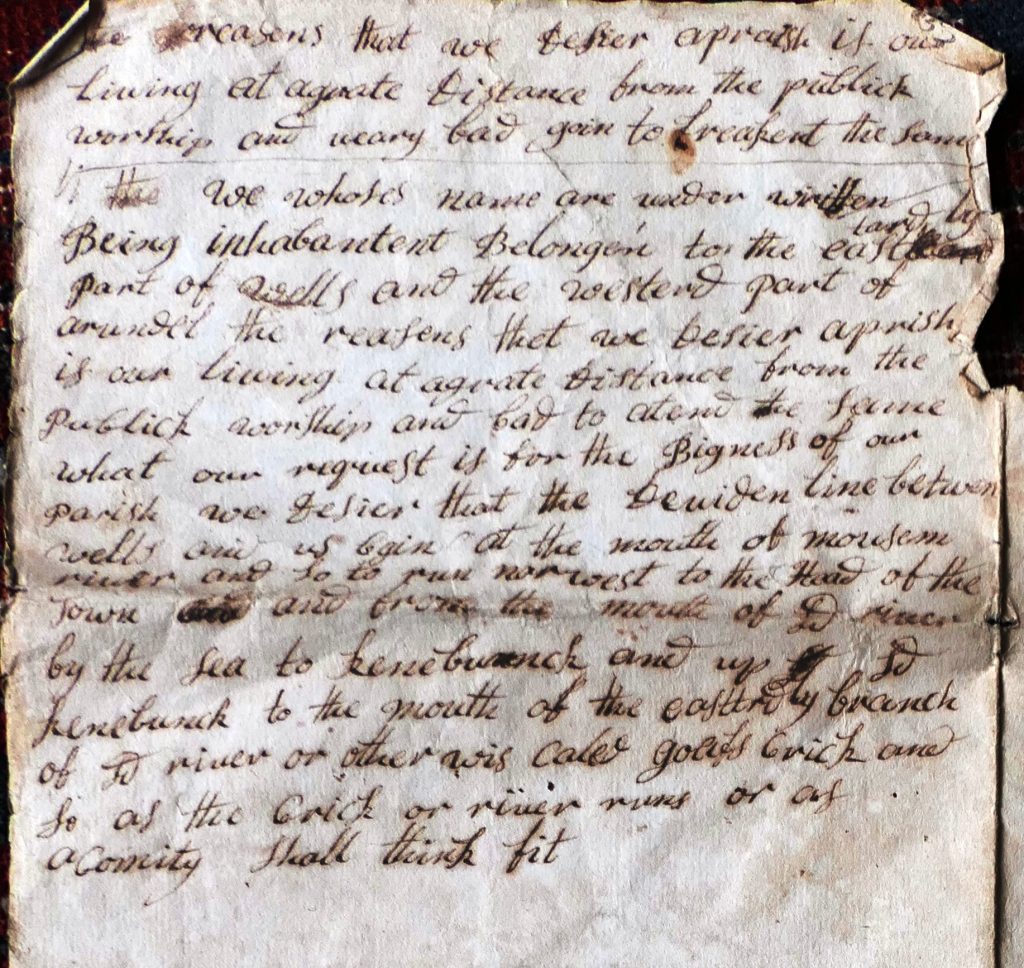
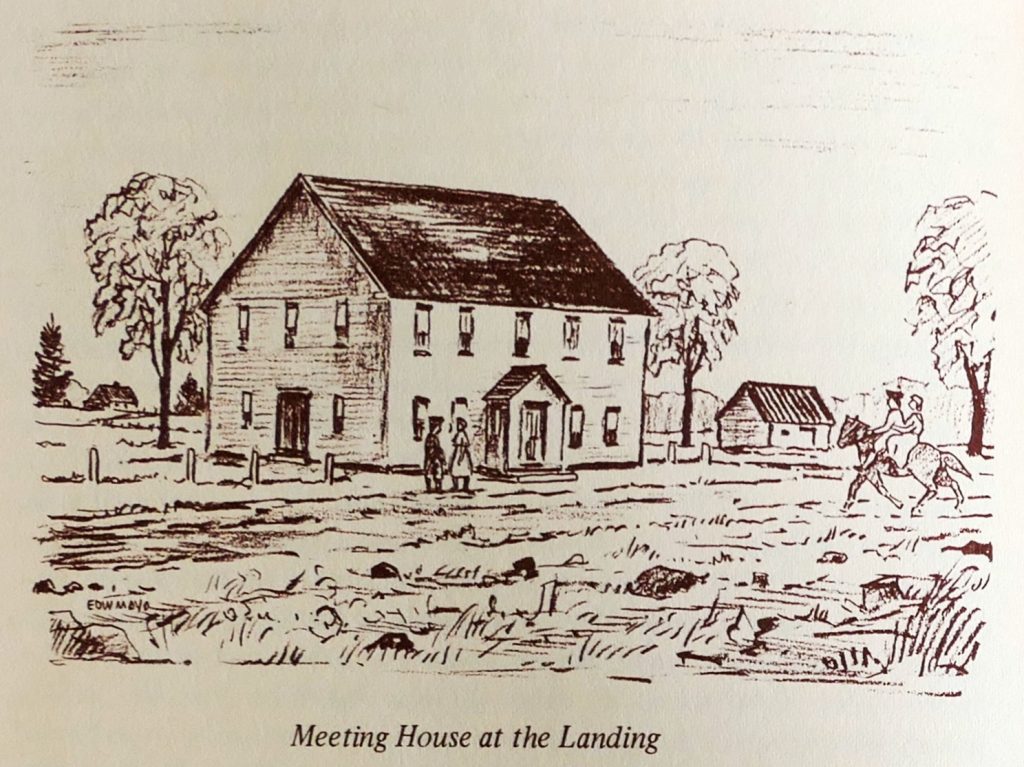

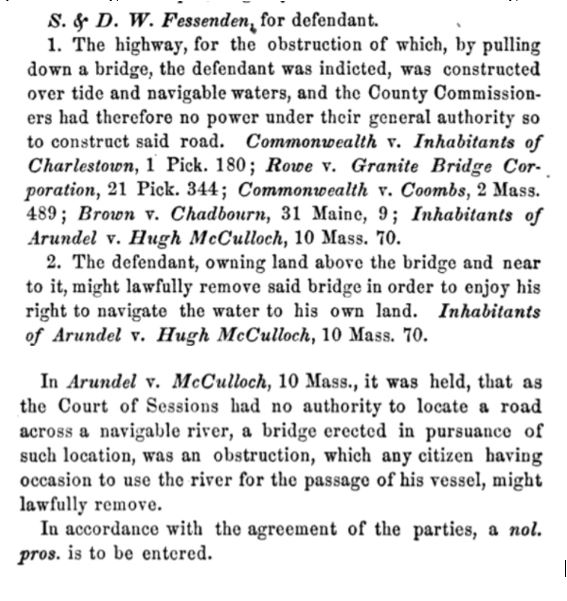
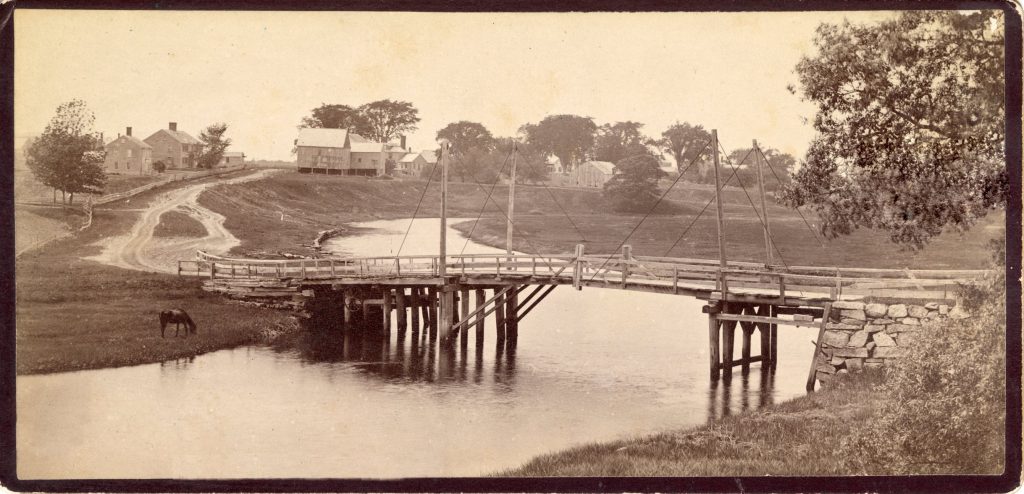


Leave a Reply